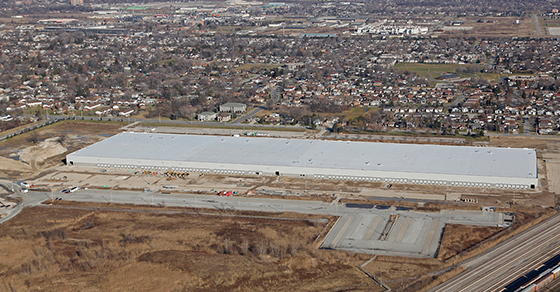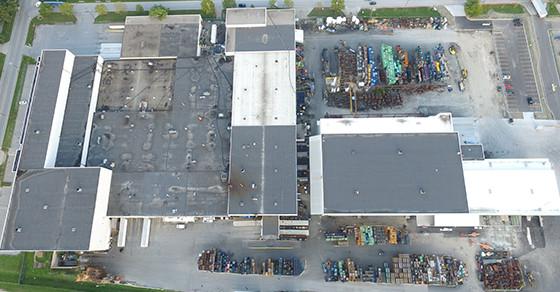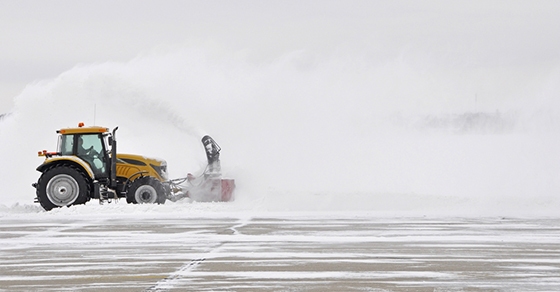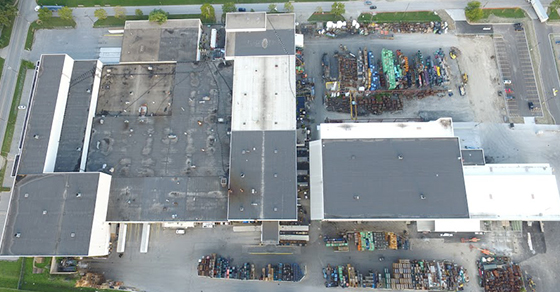When it comes to maintaining your roof, there are many potential threats that you need to look out for. Wind uplift is one of the most important factors to consider when maintaining and protecting your roof.

Property manufacturers and designers must have wind uplift in mind when determining the best way to develop a property. Property owners and managers need to understand what wind uplift is, the risks it presents, and the ways to prevent future damage.
Understanding Wind Uplift
Wind uplift occurs when high levels of wind come into contact with a building. This exerts a significant amount up pressure against the structure and pushes air upwards.
When pressure builds underneath a roof and is greater than the pressure above it this uplift is created, but there are many other factors that contribute to wind uplift and its effects on your building.
The height of your building and the surrounding area will affect the level of uplift you experience. Buildings with large doors such as hangars and medical facilities are at a greater risk than buildings with standard doors or loading docks.
How it Affects Your Roof
If your roofing system is unable to withstand the high forces of uplift, it has a higher risk of being separated from the structure. Openings and cracks inside increase the air pressure of the building’s interior, which contributes to a greater uplift affect. Unfortunately, this can cause your roof system’s seams to become delaminated while damaging the roof membrane. Screws and other materials can be pulled out, causing extensive damage to your building.
In some cases, the damage caused by wind uplift may not be detected immediately. This can lead to leaks and other issues over time, and further damage can require an entire roof replacement.
Protecting Your Roof From Wind Uplift
Property developers can select an appropriate roofing system once all considerations have been made, and understanding the wind loads that are placed on a given structure allows you to determine the best roof for your building.
Using roofing materials that have been properly tested will keep your entire building safe over time, but it’s essential that you find a roofing company who are experienced in working on buildings with major wind uplift issues.
Consulting with a roof service professional lets you evaluate your property and determine the best protection against uplift. Damage caused by winds can be difficult to detect, so an experienced team is a must. A skilled professional will evaluate any existing issues and help you prevent long-term roofing problems.
Wind uplift causes extensive damage to your property. Understanding what wind uplift is and the factors that contribute to its impact on your building will help you choose the best roofing system. You’ll prevent unwanted and costly issues in the future and enhance the safety of your building.


